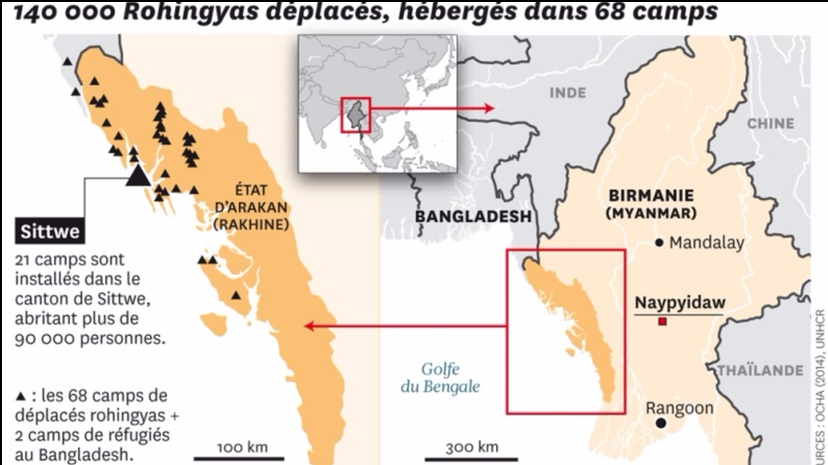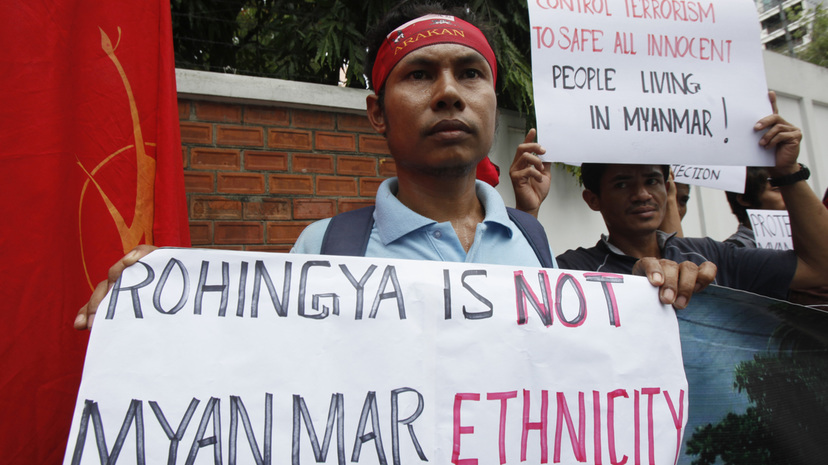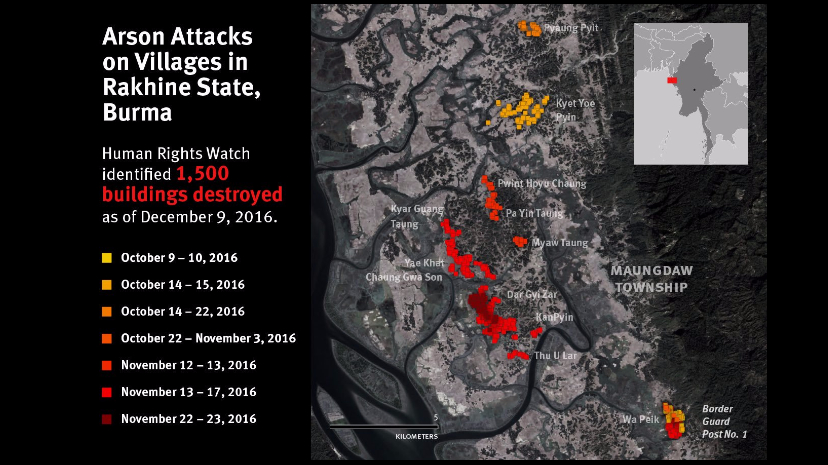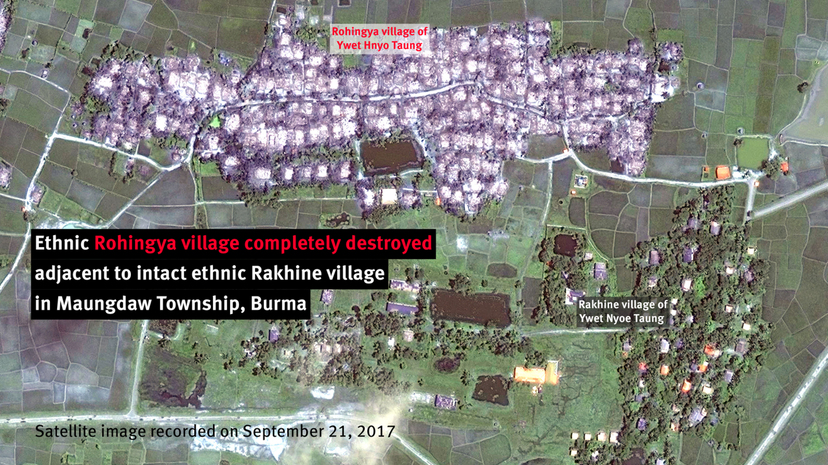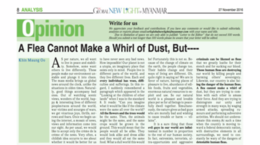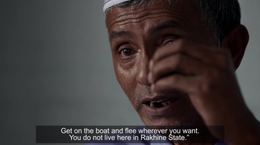Myanmar
Myanmar (Burma) was a British colony until 1948. For the next 14 years, Myanmar’s democratic government faced armed and social unrest, before being overthrown by the army in 1962. This resulted in an oppressive military regime.
In 2007, Buddhist monks headed the Saffron Revolution to protest the regime. In 2008, the sociopolitical situation led to a call for elections in 2010 and the formation of a civilian government. After the elections, the Buddhist organization Ma Ba Tha, which is closely tied to the extremist 969 movement and views Islam as a threat to Myanmar, gained political influence.
The Rohingya are a Muslim minority that make up one third of the population in the largely Buddhist Rakhine (Arakan) State of Myanmar. Since 1962, the government has refused to recognize them among the country’s 135 ethnic groups. Although they have been in the region since the 15th century, Rohingya continue to be viewed by Buddhist Rakhines as “Bengali immigrants” and “Muslim invaders”. From the Bamar conquest of the Arakan region (when 35,000 Rohingya fled to Bengal) to the Bangladesh war of independence, Rohingya have a long history of forced migration.
Under the 1982 Citizenship Law, Rohingya were denied citizenship. In 2012, the Rakhine State riots and massacres broke out, killing hundreds and displacing thousands more. Until the late 1990s, the UN assisted the Bangladeshi government in repatriating Rohingya refugees back to Myanmar. However, in 2012, the Rakhine State riots and massacres broke out, killing hundreds and displacing thousands more. In 2016, a wave of burnings and gang rapes once again forced 87,000 Rohingya into Bangladesh.
